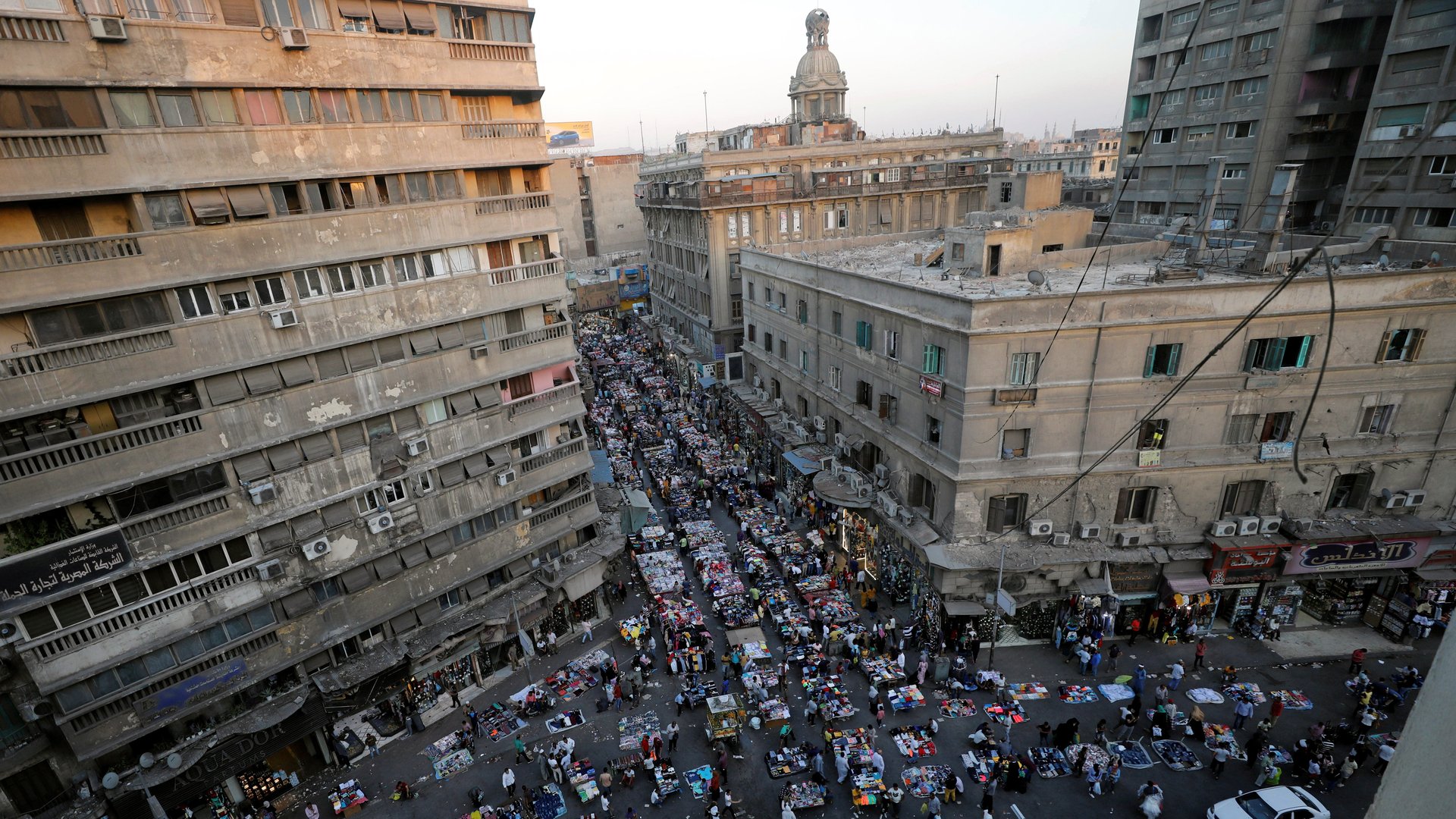The World Bank says climate change could displace more than 200 million people
Climate change impacts are projected to displace 216 million people in developing regions by 2050, according to a new report from the World Bank.


Climate change impacts are projected to displace 216 million people in developing regions by 2050, according to a new report from the World Bank.
Driven primarily by sea level rise and water scarcity, people will relocate within their own countries to cities and towns with more reliable access to natural resources and economic opportunity, the report finds.
What are the climate immigration hotspots?
As early as 2030, cities like Cairo, Hanoi, Dhaka, Tashkent could become climate immigration hotspots. The latest report, which focuses primarily on North Africa, East Asia, and Central Asia, builds on a document from 2018 that focused on sub-Saharan Africa, Latin America, and South Asia.
Of the six regions studied, sub-Saharan Africa is projected to see the greatest total number of internal migrants, with up to 85.7 million. North Africa, a region that is already chronically short of water, is projected to see the greatest share of its population affected, with up to 9% of people displaced by 2050.
Migration as a climate adaptation strategy
The report finds that migration risk is highly responsive to greenhouse gas reduction measures; in other words, as the Intergovernmental Panel on Climate Change report in August made clear, every fraction of a degree of warming that can be prevented will make an enormous difference in how global societies and economies experience climate change. In the most ambitious climate action scenario, the migration projection in 2050 is 80% lower, with just 44 million people across the six regions displaced.
In any case, internal migration need not be a bad thing per se, if it helps people to avoid harmful climate impacts. People move around anyway, and urbanization has been growing for decades. The challenge, highlighted by the report, is to ensure that destination locations are ready, with safe, affordable housing, employment opportunities, and sufficient public services for a growing population.